Surface preparation is the process of preparing a surface prior to coating application as well as before welding or assembly, with the help of Chemical or mechanical procedures. Surface preparation is critical for ensuring the excellent quality of your product when painting, bonding, welding, or assembling metal parts. It employs methods such as mechanical abrasives, chemical treatments, and laser technology. These surface preparation processes ensure optimal adhesion and improve material characteristics.
For surface preparation solution you first need to understand its methods, below are some of the surface preparation methods:
01
02
03
04
05
06
07
01
02
03
04
01
02
03
04
05
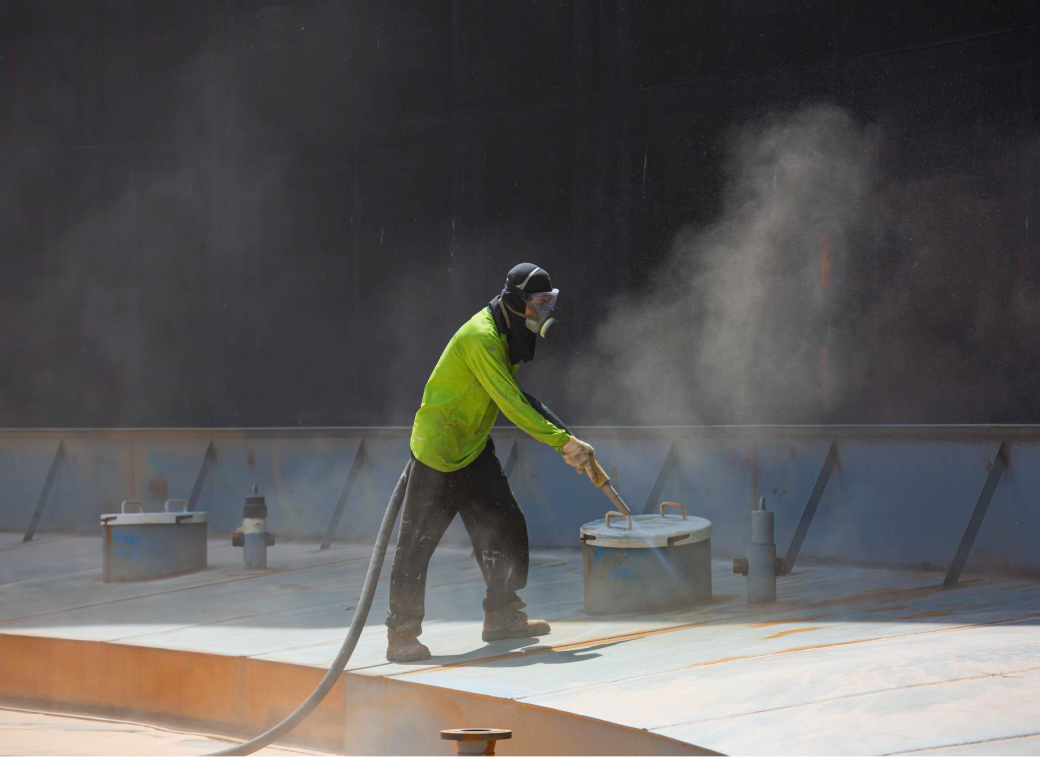
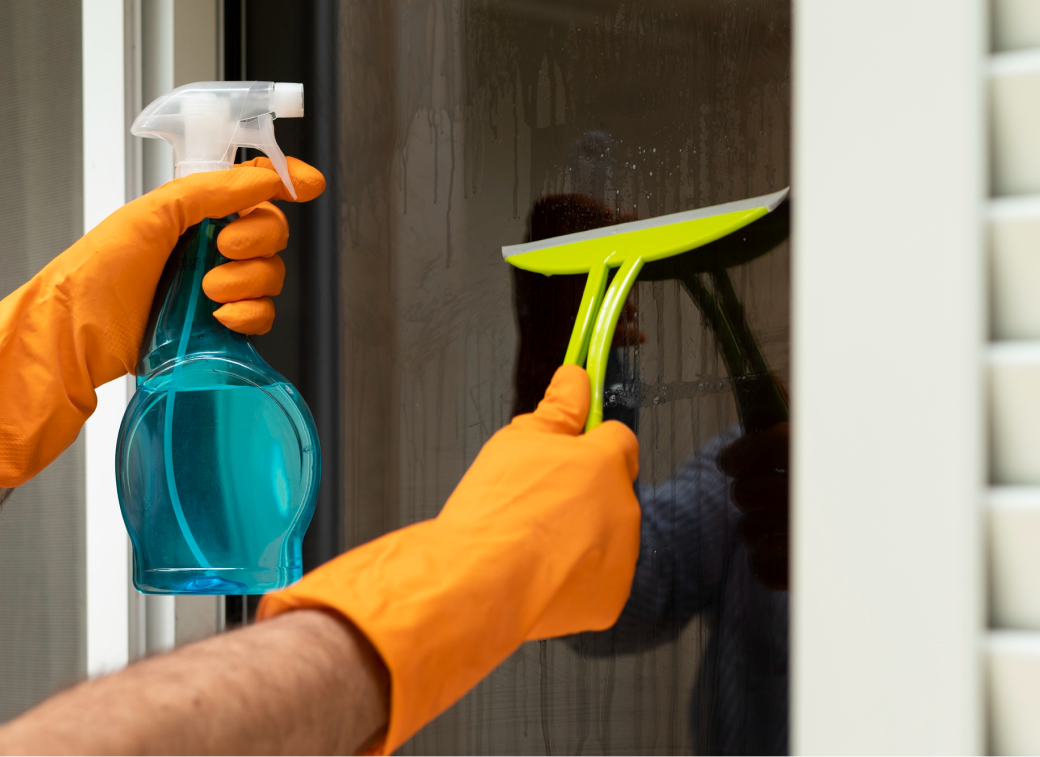
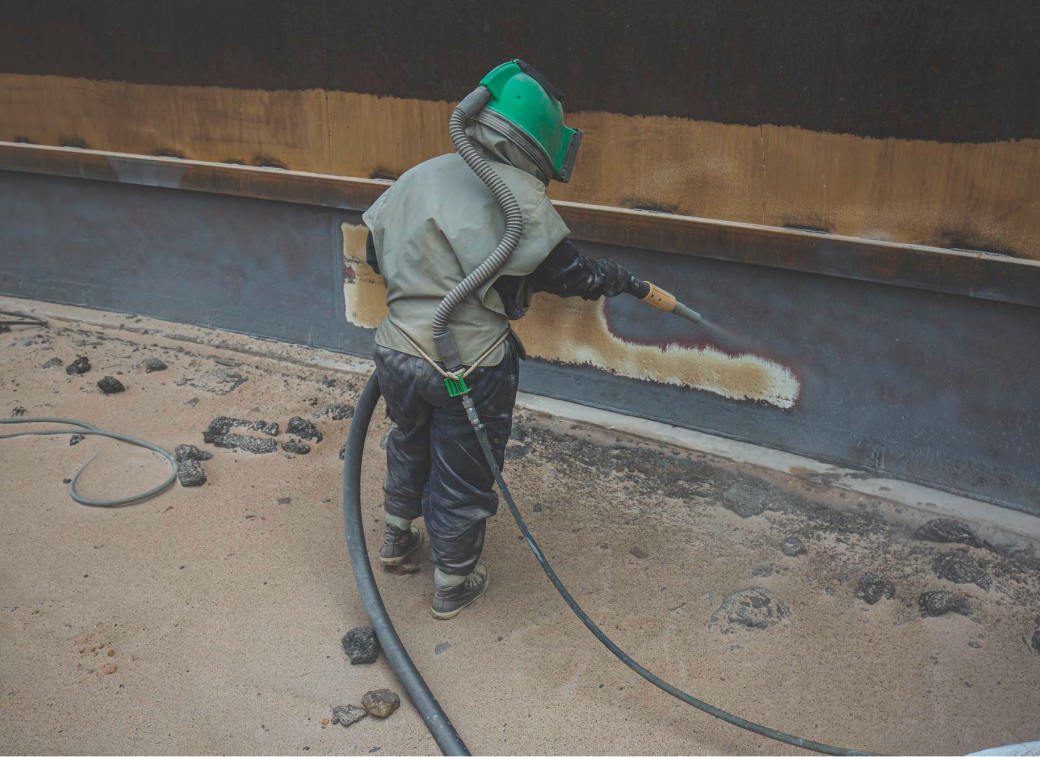
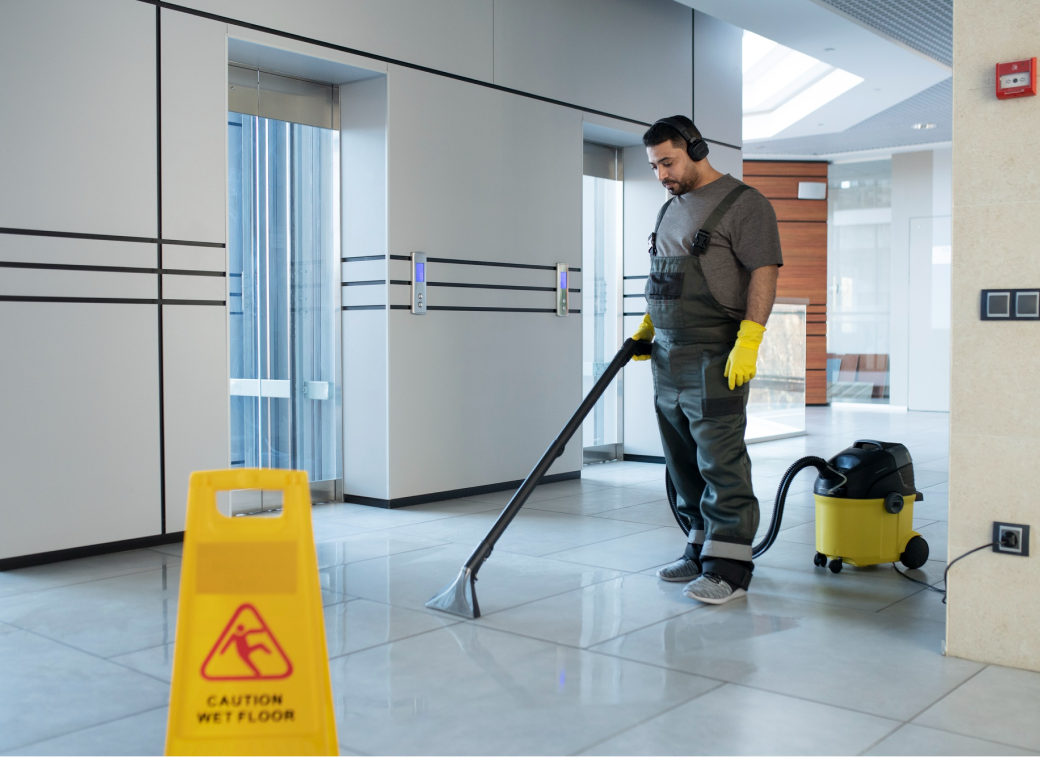
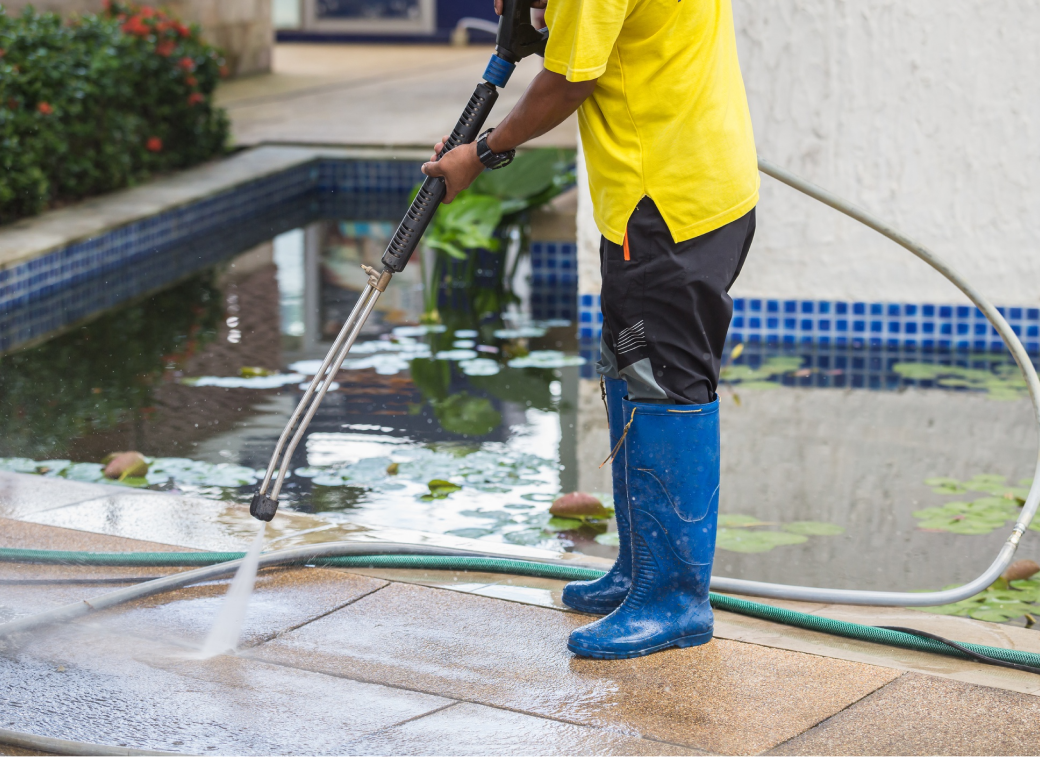
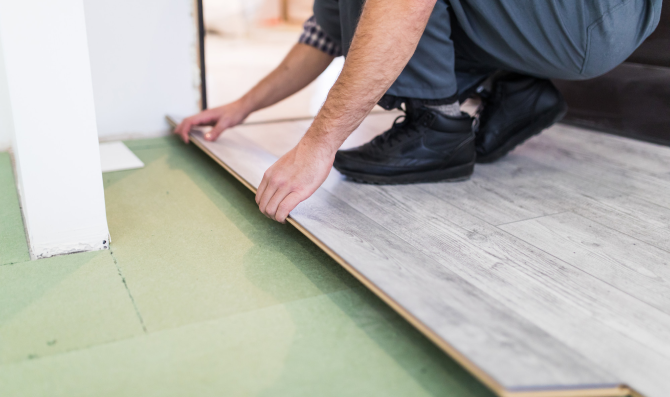
A good floor finish starts with good Surface Preparation Equipment Solutions. The surface may require precise preparation, or it may only require a simple washing. Precision takes pride in being able to give effective answers to its clients' needs.
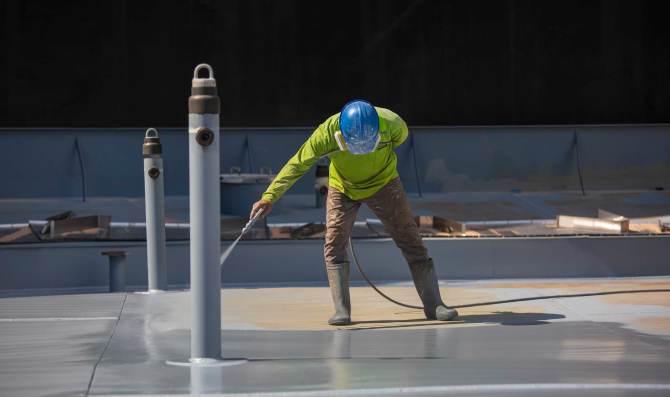
Urea linkages are produced in polyureas by the interaction of alternating monomer units of isocyanates and amines. Ureas can also be created by reacting isocyanates with water, which produces a carbamic acid intermediate. This acid quickly decomposes by releasing carbon dioxide and leaving an amine behind.
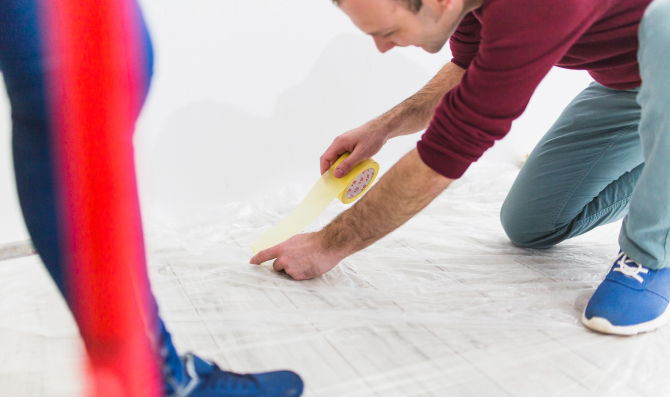
As an anti-slip treatment, an acid etching method is utilized. The technique employs an acid, which destroys the calcium in the flooring or reacts with the glaze and silica mixture of the tiles. As a result, anti-slip treatments cause chemical damage to the tile surface and alter its structure.

First and foremost, we have a perfect portfolio of peening, cleaning, and deburring installations based on decades of blasting a wide range of aircraft components in partnership with the world's leading aerospace manufacturers.
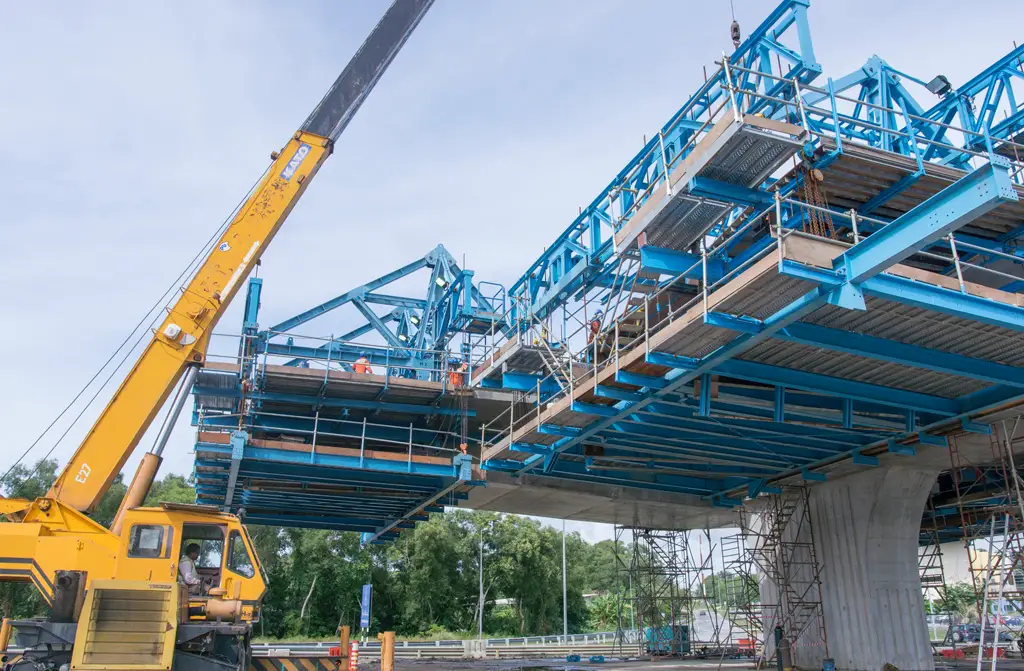
For proper adhesion and performance of coatings, and other materials surface preparation clean up the surfaces. The specific solution for surface preparation can vary depending on the type of surface and the intended application.
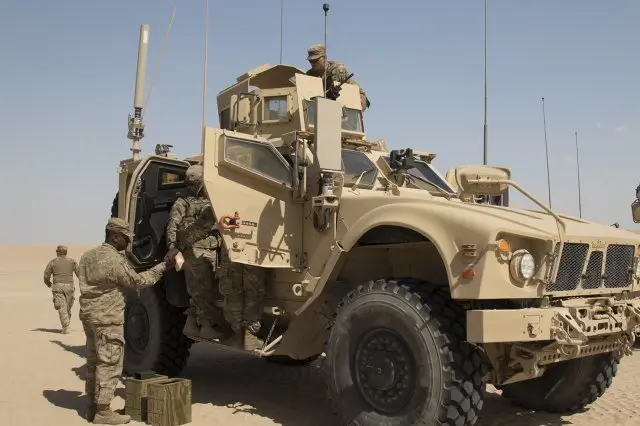
In the field of fight Surface preparation plays an essential role in ensuring the longevity and performance of equipment and structures. The choice of method depends on the material, application, and desired properties of the treated surface.

It's essential to select the appropriate surface preparation method based on factors such as the type of coating to be applied, environmental considerations, and the condition of the rail surface. Additionally, safety measures must be the first priority, especially for this industry.
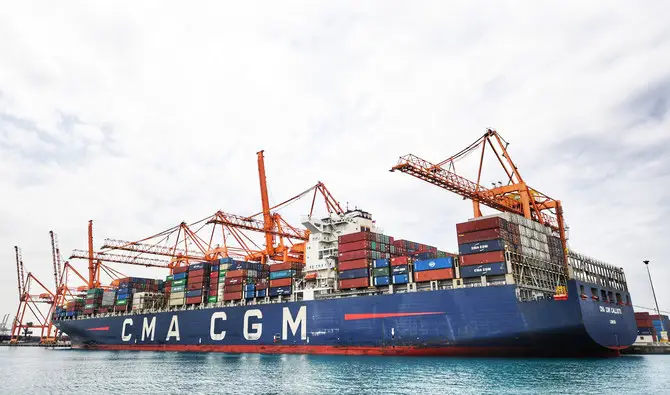
Surface preparation is an important step for the marine industry to ensure the effective performance of protective coatings on surfaces such as ships and marine structures. Proper surface preparation helps remove corrosion, and old coatings to create a clean substrate for the application of new coatings.
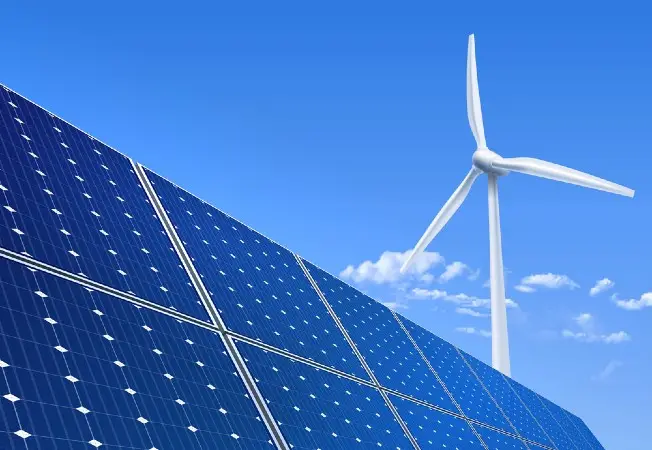
We also serve the energy and power industry with specific requirements like the type of environmental conditions, and the coating to be applied. It is important to keep regular inspections of coated surfaces. This is because it will give a long-term asset integrity in the Energy and Power Industry.
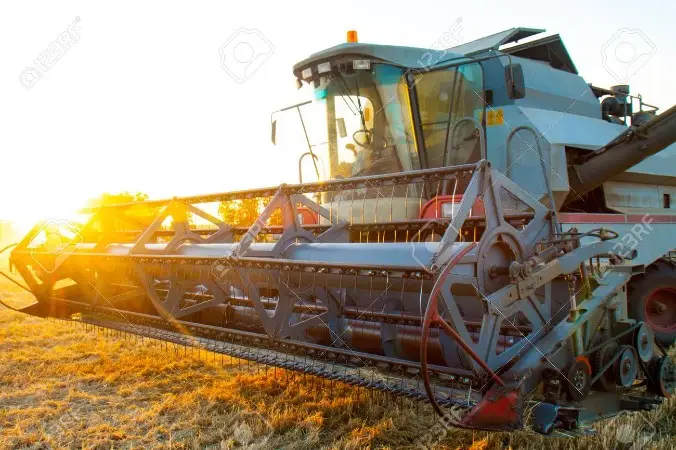
Laser technology, which is capable of cleaning or altering the surface of an object, can replace sandblasting, masking, and many other surface treatments used in manufacturing lines. Lasers outperform all other methods due to their extreme precision and reproducibility.
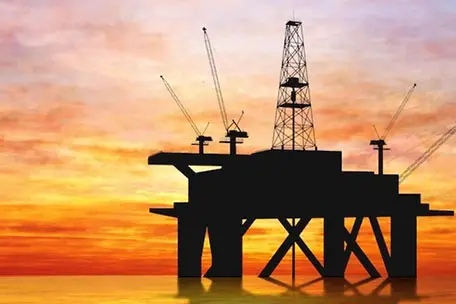
In the offshore industry, strict regulations and standards govern surface preparation and coating application to ensure the durability of structures and equipment in corrosive environments. Compliance with these standards is crucial for the performance of offshore installations.

AWSFS plays an important role in the automotive industry with the help of surface preparation solutions, as it directly affects the quality and durability of the final finish on vehicles. It ensures that coatings are done in a proper manner which will result in a long-lasting and high-quality finish.